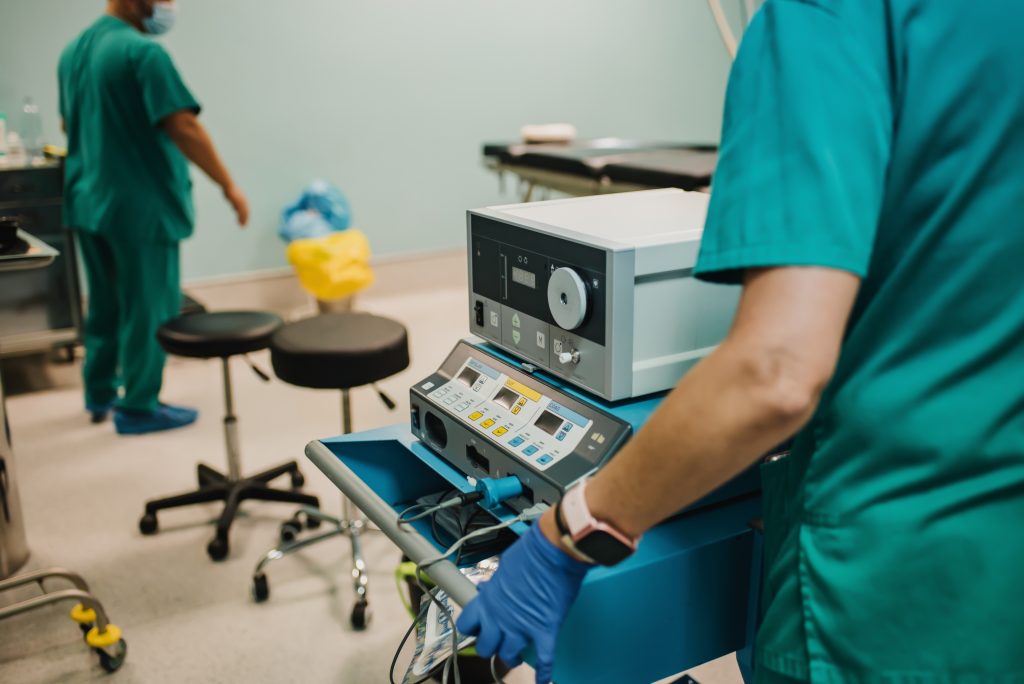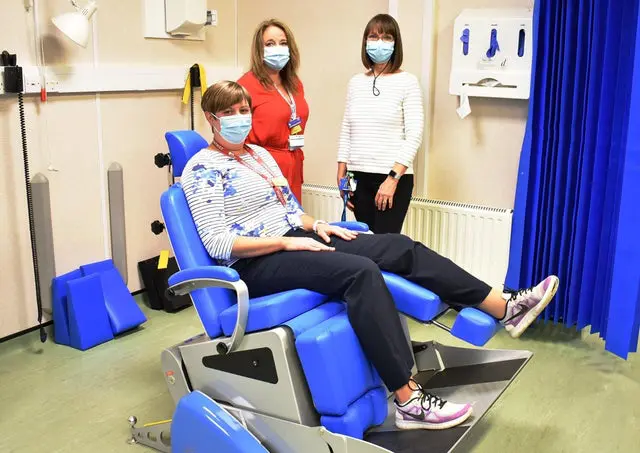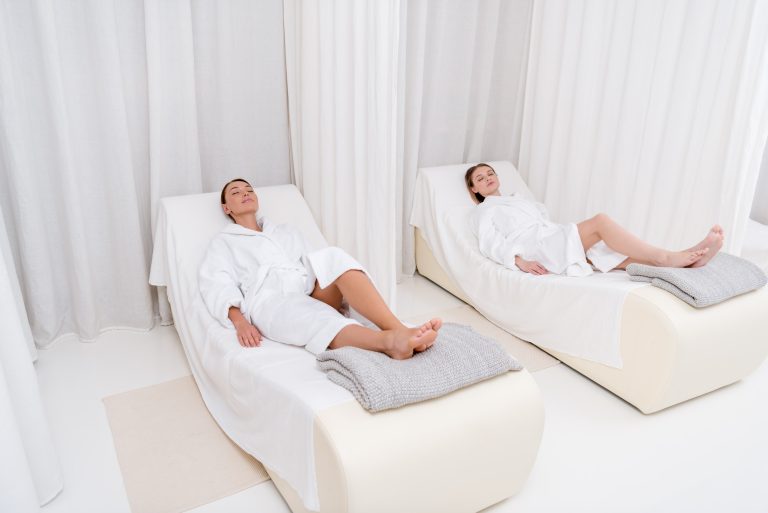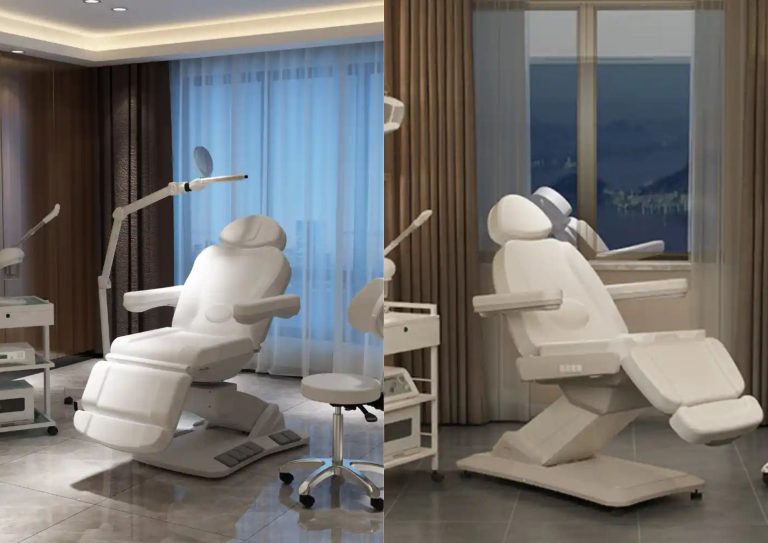
The healthcare industry is constantly evolving, with medical professionals seeking ways to improve patient care and streamline their practices. One of the most significant advancements in recent years is the rise of portable medical equipment and flexible workspace solutions. These innovations are not only enhancing patient comfort but also improving the efficiency and adaptability of medical spaces. This article explores the benefits of portable solutions in medical settings and how they transform healthcare delivery.
What is Portable Medical Equipment?
It refers to compact, lightweight, and easy-to-transport tools that healthcare providers can use in various medical settings. Examples include portable ultrasound machines, ECG monitors, portable massage tables, and diagnostic tools. Designed to be flexible and adaptable, these devices meet the needs of healthcare professionals. Whether in a clinic, hospital, or rehabilitation center, portable medical equipment lets you provide top care wherever needed.
The increasing demand for mobile healthcare solutions has led to innovations that prioritize both functionality and convenience. By providing healthcare professionals with portable options, these tools can help enhance patient care, optimize medical spaces, and reduce overhead costs.
How It Improves Medical Spaces
1. Enhanced Flexibility in Workspaces
One of the primary benefits of this equipment is the flexibility it offers in medical environments. With a flexible workspace, healthcare providers can easily move and rearrange equipment as needed. This is particularly important in smaller clinics, hospitals, or aesthetic centers where space may be limited. Instead of staying confined to a fixed workstation, medical professionals can adjust their workspaces to accommodate different tasks, treatments, or patient needs.
A physical therapist can use portable ultrasound machines or therapeutic devices in various locations, including treatment rooms or home visits. An OB/GYN or cardiologist can use portable diagnostic tools to provide care in a patient’s room, reducing the need for patients to move between departments.
2. Improved Patient Care and Comfort
Portable medical equipment enhances the patient experience by offering care in a more comfortable and convenient setting. Mobile solutions allow healthcare providers to bring equipment directly to patients, reducing wait times and unnecessary movement. For instance, portable massage tables in rehabilitation centers enable physical therapists to deliver treatments at patients’ homes, enhancing accessibility and convenience.
In aesthetic clinics and spas, staff can easily transport portable medical equipment, such as laser therapy machines or facial treatment devices, to provide services at client locations. This flexibility increases patient satisfaction and promotes a more personalized approach to care.
3. Cost-Effective and Space-Efficient Solutions
Healthcare providers can find investing in portable medical equipment to be a more cost-effective solution compared to traditional, stationary devices. Many portable devices are more affordable upfront, require less maintenance, and often come with energy-efficient features. This is particularly beneficial for smaller clinics or those just starting, as they can reduce overhead costs while still offering high-quality care.
Additionally, portable solutions are space-efficient. In crowded healthcare environments or smaller medical offices, space can be limited. By using compact, mobile equipment, healthcare providers can maximize available space and avoid overcrowding. Portable equipment can be easily stored away when not in use, freeing up room for other important medical tasks.
4. Increased Mobility and Home Care Capabilities
Another major advantage of portable medical equipment is its ability to facilitate home care services. Healthcare providers can transport essential medical tools to patients’ homes, offering personalized care without clinic visits. This is particularly helpful for elderly patients, post-surgery recoveries, or individuals with chronic illnesses who struggle to travel.
For example, a physical therapist can take a portable massage table and ultrasound device to a patient’s home for rehabilitation, ensuring that the patient receives continuous therapy in a familiar environment. Similarly, mobile solutions for diagnostic testing or imaging can allow healthcare providers to conduct exams at home, offering increased comfort and convenience.
Key Considerations When Choosing Portable Medical Equipment
1. Durability and Reliability
When selecting portable medical equipment, it is essential to choose devices that are durable and reliable. Since these tools are often used in various locations, they need to withstand frequent handling and transport. Look for equipment with strong materials and warranties that ensure longevity and performance.
2. Ease of Use and Setup
Portable medical equipment should be easy to set up and use. Healthcare providers often need to work in fast-paced environments, and complicated equipment can slow down procedures and treatments. Choose equipment that is user-friendly and easy to operate, allowing healthcare professionals to focus on patient care rather than struggling with technicalities.
3. Compatibility with Existing Systems
Before investing in portable medical equipment, it’s important to ensure that the devices are compatible with your existing systems. Whether you’re adding new equipment to a clinic, hospital, or rehab center, make sure the portable solutions integrate seamlessly with your current tools and workflows.
The Future of Portable Medical Equipment
The future of portable medical equipment looks promising, with continued advancements in technology and design. As healthcare providers increasingly look for ways to deliver care more efficiently and cost-effectively, mobile solutions will play an essential role in shaping the industry. From telemedicine to home care services, the potential for portable solutions is vast, and we can expect even more innovations in the coming years.
In the aesthetic and wellness sectors, we are already seeing an increase in mobile beauty and therapeutic services, with portable equipment being a key component. As patients demand more convenience and accessibility, portable medical equipment will become an even more integral part of the healthcare landscape.
Overall takeaways
Portable medical equipment is revolutionizing the way healthcare providers operate, offering increased flexibility, efficiency, and patient satisfaction. Whether you’re working in a clinic, hospital, rehabilitation center, or aesthetic spa, the benefits of portable solutions are clear. By investing in these mobile tools, healthcare professionals can enhance the care they provide, reduce costs, and optimize their medical spaces for better service delivery. With more advancements on the horizon, portable medical equipment will continue to play a pivotal role in shaping the future of healthcare.






